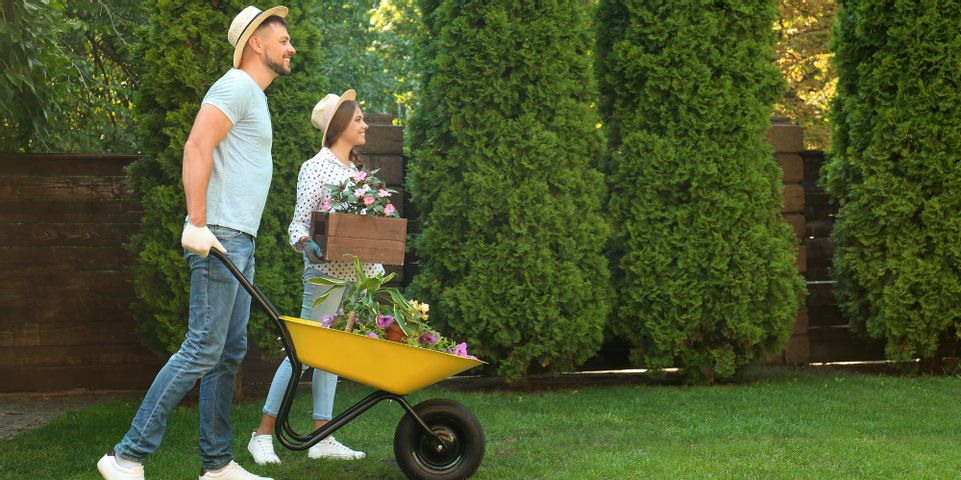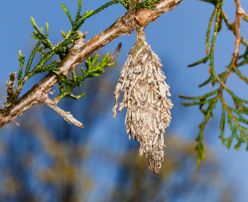
Bagworms are one of the most common tree pests in the Midwest. While a certified arborist can help combat the problem, saving your tree and shrubs requires a quick and early reaction. Boost your chance of success by learning more about the pest and the damage they cause, below.
What Are Bagworms?
Contrary to the name, bagworms are a type of moth. However, they spend a significant portion of their lifecycle as larvae that look like black worms. Initially, the species starts inside elongated cocoons. The exterior mimics the look of bark, allowing it to blend with the limb that it attaches to.
Once the eggs hatch in spring, the small worm-like caterpillars begin feeding on leaves, usually toward the top of trees. At this point, each larva creates a bag. The male insects leave their cocoons with clear wings and a dark body. Female bagworms stay inside their bags until death.
Where Do You Find Them?
Bagworms primarily choose coniferous trees, but you can also find them on broadleaf species like elm, maple, and oak. Some of the most coniferous types include:
-
Eastern Red Cedar
-
Fir
-
Hemlock
-
Juniper
-
Pine
-
Spruce
What Damage Do They Cause?
 The feeding process of bagworms results in defoliation—leaf removal—of the upper sections of a tree or shrub. Additionally, the tight silk anchors that fasten the bags to the plant act as a tourniquet on the limb. This squeezes the branch and reduces its access to nutrients. These consequences inhibit growth and weaken it. In severe cases, plant death is common, and tree removal is necessary, while more mild instances result in increased susceptibility to disease and other pest infestations.
The feeding process of bagworms results in defoliation—leaf removal—of the upper sections of a tree or shrub. Additionally, the tight silk anchors that fasten the bags to the plant act as a tourniquet on the limb. This squeezes the branch and reduces its access to nutrients. These consequences inhibit growth and weaken it. In severe cases, plant death is common, and tree removal is necessary, while more mild instances result in increased susceptibility to disease and other pest infestations.
What to Do When an Infestation Occurs
A quick reaction is crucial to saving the plants. Once you notice bagworms on your trees, you should contact a certified arborist. They have the skills, experience, and knowledge base to eradicate the problem without causing harm. Treatment varies depending on the severity of the invasion and the time of year. Typically, they will try to remove the bags and destroy them, but they may also use an insecticide.
Are you battling a bagworm infestation? Reach out to Hudson Tree Service in Millstadt, IL. Boasting over 50 years of experience, the certified arborists serve the needs of residents across Madison, Monroe, and St. Clair counties. The licensed and insured crew provides safe and dependable tree care solutions. Browse their services online, and request assistance today at (618) 233-2900.
About the Business
Have a question? Ask the experts!
Send your question

